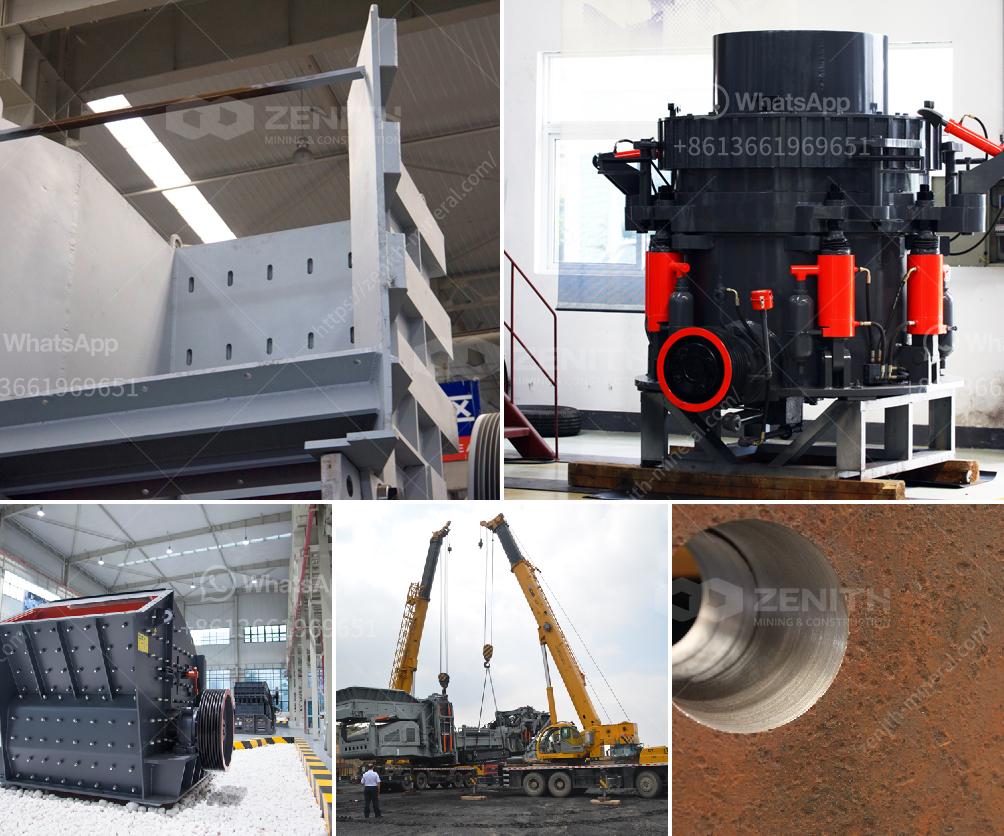Creating a primary jaw crusher for coal is a complex task that typically involves engineering and significant mechanical design. Here's a high-level overview of the process:
1. Concept and Design:
-
Define Requirements:
- Determine the desired capacity (tons per hour).
- Define the input and output size of the coal.
- Assess the physical properties of the coal, such as hardness and abrasiveness.
-
Design Specifications:
- Solidifying the jaw crusher’s dimensions.
- Selecting materials that can withstand the wear and tear from crushing coal.
- Ensuring safety and compliance with industrial standards.
2. Engineering Design:
- Create Detailed Blueprints:
- Using CAD software, draft the detailed design of the components, such as the jaw plates, flywheel, mainframe, and toggles.
- Plan the power source (e.g., electric motor) and the transmission system (e.g., belts, pulleys).
3. Materials and Components:
-
Procure Raw Materials:
- High-quality steel for the jaw plates.
- Durable materials for other key components.
-
Components Acquisition:
- Bearings, bolts, springs, and other standard mechanical parts.
4. Manufacturing:
- Fabricate Individual Parts:
- Use CNC machining, milling, and welding to create parts.
- Heat treatment and surface coating for wear resistance.
5. Assembly:
6. Testing and Calibration:
-
Initial Testing:
- Run the machine without load to check for alignment and mechanical integrity.
- Test with small loads of coal to ensure it meets the desired output size and capacity.
-
Fine-tuning:
- Adjust the tension and alignment of components.
- Ensure safety mechanisms are functioning properly.
7. Maintenance Plan:
- Regular Inspections:
- Set a schedule for inspecting jaw plates, bearings, and other wear-prone parts.
- Lubrication:
- Establish a routine for lubricating moving parts to prolong lifespan.
Safety and Compliance:
- Health and Safety Standards:
- Ensure all parts of the jaw crusher comply with local and international safety standards.
- Environmental Regulations:
- Make sure the design and operation follow environmental guidelines for dust and noise control.
Expertise and Collaboration:
- Consult Experts:
- Collaboration with mechanical engineers, materials scientists, and industrial technicians can ensure a functional and efficient crusher design.
- Prototyping:
- Create prototypes when necessary to test and refine the design before full-scale production.
Building a coal primary jaw crusher machine is a sophisticated engineering task that requires professional expertise, high-quality materials, and careful planning and execution.

